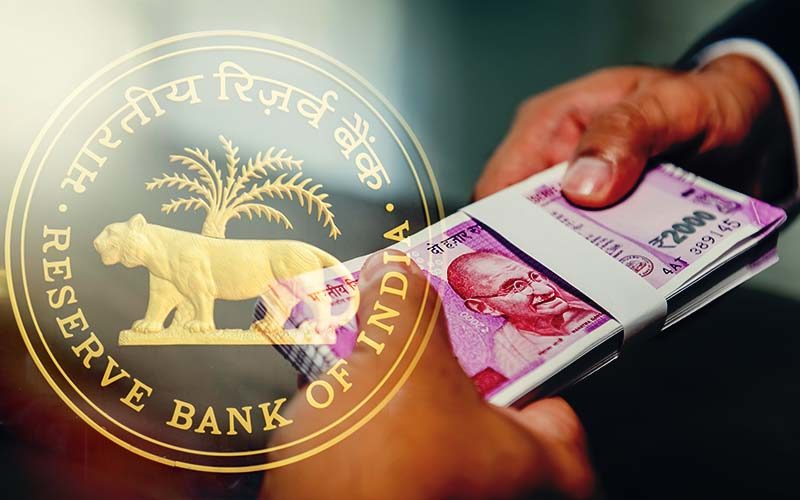
In today’s fast-paced digital age, more and more people are embracing the convenience and ease of digital savings accounts. These accounts offer a range of benefits, from higher interest rates to instant transfers and 24/7 access. However, many people may not be aware of how RBI policies can impact their digital savings accounts. In this article, we will explore the various ways in which RBI policies can affect your savings account and how you can stay informed and make the most of your savings.
What is a Digital Savings Account?
A digital savings account is a modern, online version of a traditional savings account. These accounts are offered by various banks and financial institutions and can be accessed through a computer or smartphone. Digital savings accounts typically offer higher interest rates, lower fees, and more flexibility than traditional savings accounts.
Understanding RBI Policies
The Reserve Bank of India (RBI) is the central banking institution of the country and is responsible for formulating and implementing monetary policies. These policies have a direct impact on various financial products and services, including savings accounts. The RBI sets guidelines for banks regarding interest rates, liquidity, credit flow, and other important aspects of the financial system.
Impact on Savings Account Interest Rates
One of the key ways in which RBI policies can affect your digital savings account is through interest rates. The RBI regularly reviews and adjusts the repo rate, which is the rate at which it lends money to commercial banks. Changes in the repo rate can lead to changes in the interest rates offered on savings accounts. For example, if the RBI cuts the repo rate, banks may lower the interest rates on savings accounts to reflect the decrease in borrowing costs.
Liquidity and Access
RBI policies also influence the liquidity in the banking system, which can impact your digital savings account. If the RBI tightens liquidity by increasing the cash reserve ratio or implementing other measures, banks may have less funds available to offer high-interest rates on savings accounts. Conversely, if the RBI injects liquidity into the system, banks may have more funds to lend and may offer better interest rates on savings accounts.
Regulatory Changes
In addition to savings account interest rates and liquidity, RBI policies can also affect the regulatory environment for digital savings accounts. The RBI regularly updates regulations and guidelines for banks to ensure the safety and security of customer funds. These regulations may impact the features and benefits offered by digital savings accounts, such as transaction limits, fees, and security measures.
How to Stay Informed
To make the most of your digital savings’ account and stay ahead of the curve, it is important to stay informed about RBI policies and their impact on your account. Keep an eye on news and updates from the RBI, as well as announcements from your bank regarding changes to interest rates or terms and conditions. Consider speaking to a financial advisor or banker for expert advice on how to maximize the benefits of your digital savings account.
Conclusion
In conclusion, understanding the impact of RBI policies on your digital savings account is essential for making informed financial decisions. By staying informed about changes in interest rates, liquidity, and regulations, you can take advantage of opportunities to maximize your savings and achieve your financial goals. Remember to regularly review your account statements and keep track of any changes in policies that may affect your savings account. With the right knowledge and proactive approach, you can make the most of your digital savings account.




Average Rating